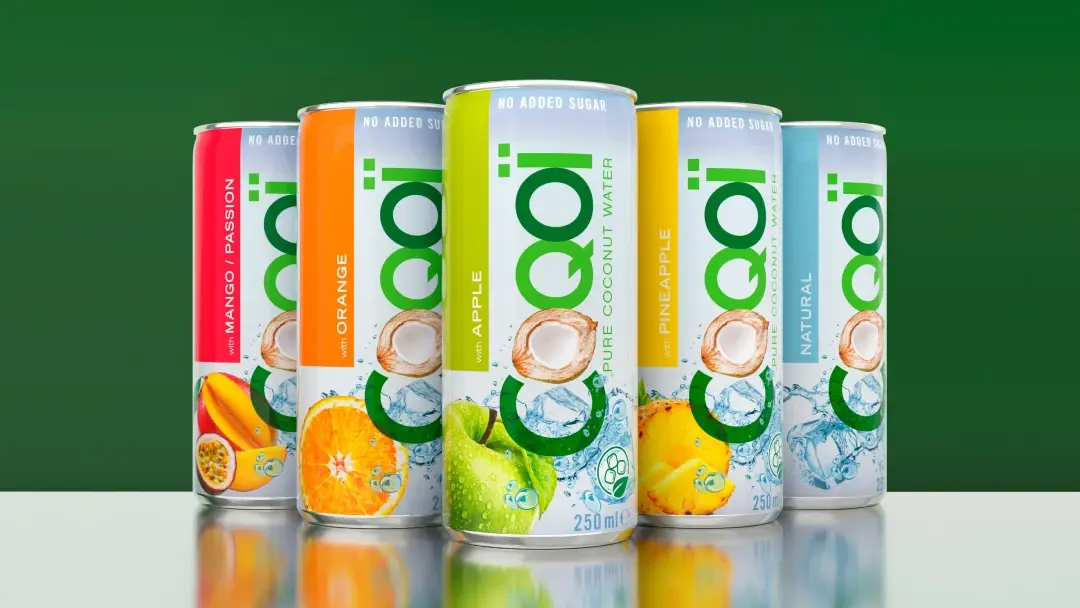As brands compete fiercely for consumers’ attention, this article discusses how and why colour management at prepress is vital for an effective packaging printing process.
You’ll explore:
- The essential steps of colour management
- How to achieve colour fidelity
- The importance of calibrating output devices
- Why efficient colour management is essential to prepress processes in the mixed media world of digital and print branding
Colour management at prepress
At prepress, skilled operators follow a series of steps to check and enhance design files before printing. Colour management is one of the fundamental stages of this prepress process.
The crossover between digital and physical media presents several challenges regarding colour management. The physical end product must match both the approved proof and any digital versions of the packaging viewed by potential customers online. Bridging the digital to physical divide isn’t always straightforward given the differing colour spaces and profiles used in digital design and print production.
Colour spaces and profiles
A colour space is a defined system used to generate colours. The CMYK colour space is most commonly used for printing, while RGB is the colour space used for designing on a screen. Any print output using the RGB colour space will look very different to how it appears on a monitor. To faithfully render an approved design, the RGB system needs to be accurately converted to CMYK at prepress.
International Color Consortium (ICC) profiles are used at prepress to facilitate this conversion from RGB to CMYK. These downloadable pieces of data allow monitors to talk to other pieces of equipment – like printers – to faithfully reproduce on-screen colours. Given the importance of colour fidelity for brands, adopting workflows that use ICC colour profiles is a big step towards securing colour consistency for brands.
The role of colour calibration
Using colour calibration at prepress for end-to-end colour consistency prevents potential problems and streamlines the printing process. Specialist prepress software can be calibrated across all monitors, laptops, scanners and printers so that the settings are the same. This helps assure consistency – for example for operators working on several different devices.
Benefits of effective colour management
The principal benefits of effective colour management at prepress are two-fold:
- Achieving colour consistency for consumers, whether they’re seeing a pack in a store or online.
- Generating substantial cost and time savings by regulating the use of colour throughout the packaging process, from prepress.
Consistency across devices and media
In a world where consumers move between purchasing from websites and stores, the packaging ecosystem must adapt to preserve brand consistency for the whole of the purchasing journey. Accomplishing omnichannel consistency at prepress strengthens brands and guards against interrupting the purchasing journey.
With this in mind, prepress operators increasingly use 3D modelling from digital files, before printing. Marketing teams are using this technology to obtain photo-realistic 3D packshots in record time so they can promote their product more quickly.
Time and cost savings
On a practical level, efficient and effective colour management also secures significant time and cost savings. Colour inconsistencies don’t need to be ironed out halfway through the packaging process and the risk of reprints is drastically reduced.
In a worst-case scenario, not taking colour management seriously at prepress could lead to colour inconsistencies – for example, using an RGB colour space which will produce something very different to what’s been approved on screen. Reworking a design halfway through the production cycle is difficult.
Implementing colour management in a packaging prepress workflow
To integrate colour management into a packaging prepress workflow, there are some steps you can take to perfect colour consistency across media.
Calibrating and profiling devices
Calibrating and profiling all your output devices like monitors, printers and printers allows:
- everyone in the prepress studio working on a set of files to see the same version with no colour differentiation,
- your devices to communicate effectively so they produce an output that’s faithful to the on-screen design
As an initial step, it’s recommended that you calibrate the settings on each monitor so they are the same in terms of brightness, contrast, white points and colour levels.
It’s also a good idea to profile your hardware and equipment by downloading specialist software with ICC profiles. Doing this will allow seamless communication between your different pieces of equipment. Prepress operators can move between a laptop and an office desktop for example, and see the same version of a packaging design.
Specialising in packaging prepress, MillerGraphics has many years of experience in colour management. It works with clients in companies of all sizes to support their packaging projects, digital or print.
Choosing suitable proofing techniques
Once monitors have been calibrated and profiled to display an accurate version of a design, they’re suitable for checking a design via an approved soft proof.
A soft proof is a relatively low-resolution electronic version – often in PDF format – of a design that companies can use to check content. Soft, or PDF, proofs are a quick and economical way to check a design as they don’t use any ink or paper.
While a soft proof can be used to approve a design before going to print, Packaging Managers must understand it’s not an exact reproduction of what the flexo, offset or helio printing press will produce.
For a proof that’s closer to the end product, colour programs can define the colour space. These profiles help manage colours in retouching software and on the supplied plotter proof.
In some cases, for example, when a range is being launched, you can go even further with a ‘wet’ proof. This is when a test using the press can check the end product. If you need to be certain, this is the ultimate test! The proofs are made under the same conditions as the real print run – the proofs are run off the printing press to be used, on the planned substrate (e.g. paper, card or plastic) with the actual inks to be used.
Improving collaboration and communication
Developing a packaging idea is a complex process that involves multiple departments in the business (most often marketing, purchasing, legal and quality control). The teams involved often have varying levels of knowledge in terms of their vision and understanding of the packaging process. However, collaboration and communication are vital as soon as the prepress stage begins – between external stakeholders like packaging design agencies and prepress and the internal departments of the business. Time-consuming and expensive mistakes can easily occur at any point without an established packaging workflow, increasing the time to market.
Packaging project management systems like Millnet centralise communications and streamline the packaging process, from design to print, including prepress. Their automation of elements of quality control reduces errors and omissions. With external stakeholders also able to have their own access permissions, agencies can upload files and printers recover them at the end of the prepress cycle – directly from the platform. This drastically reduces any risks of misunderstandings or of printing from an incorrect proof. The packaging process is controlled and secure.
In summary:
When working on a digital design, colour management via ICC profiles will ensure stakeholders are all looking at the same version of a design.
Excellent colour management will ensure the printed product matches the digital design – locking in brand consistency and managing the expectations of stakeholders who have approved a digital design via a soft proof.
Working as a team via a centralised packaging projects management platform like Millnet (an Atom portal module) means stakeholders can collaborate in real time, simultaneously on the same files, to produce successful printed and digital packaging.
Taking the next step
A major prepress operator in Europe, Miller Graphics works with brands to optimise their packaging process, from design-to-print.
Find out how you can optimise your packaging prepress process, book a call with one of our experts in design processes.





